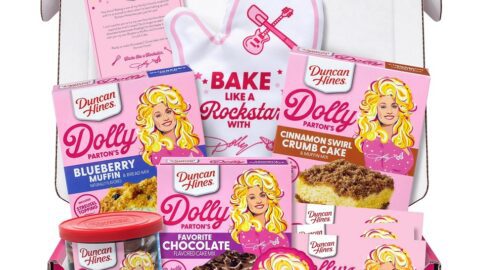Personalization is at something of a crossroads. The New Year saw a key step in the coming deprecation of third-party cookies, which have been one of marketers’ most powerful tools for tracking online activity for many years. A small group (1%) of Google Chrome users are now eligible for Tracking Protection, which restricts the use of these cookies by default. As part of its Privacy Sandbox initiative, Google plans to phase cookies out for all Chrome users during the second half of 2024.
Google’s move, along with increased privacy regulations (particularly in the EU), have put a premium on zero- and first-party data. Zero-party data is information consumers intentionally share with a brand, e.g. when taking a quiz, while first-party data is collected by the brand from interactions with its own customers. The good news is that such data, while often difficult to collect, actually can provide a more solid foundation for brands’ personalization efforts.
For example, making greater use of zero- and first-party data helps marketers solve one of their trickiest challenges in this area: finding (but not crossing) the line of personal privacy. Those efforts have been complicated by the fact that while some consumers find it “creepy” that brands seem to know a lot about them, many consumers also want contextual, relevant communications and offerings from brands — and brands’ ability to collect, analyze and use customer data is essential to providing those offerings.
“Utilizing zero- and first-party data seamlessly aligns value with privacy,” said Benjamin Bond, Principal in the Consumer Practice at Kearney, interviewed for the recent Retail TouchPoints report, From Personalization to Customization: Harnessing Data and Analytics to Foster Brand Love. “Customers willingly share information when transparency and benefits intersect, fostering trust and paving the path for respectful personalization.”
Advertisement
Dive even deeper into this topic by accessing the full report: From Personalization to Customization: Harnessing Data and Analytics to Foster Brand Love
Generative AI Joins the Personalization Toolkit
Calling personalization a “holistic approach,” Bond noted that “it spans the entire customer journey, intelligently anticipating needs and delivering tailored experiences even before the customer articulates them.”
Brands’ ability to deliver these experiences has been fueled by 2023’s hottest technology, generative AI, which can help marketers scale up personalization programs quickly and cost-effectively.
“Generative AI is the driving force behind advanced personalization, transforming raw data into actionable insights,” said Bond. “It’s about predicting customer needs and making informed, nuanced decisions to deliver on the promise of a truly tailored shopping experience.”
GNC has been using machine learning and AI-powered solutions to sharpen its product recommendations, which is particularly important in the health and wellness category. “When a customer comes to GNC.com, do they feel that GNC understands who they are as a consumer, and there’s not just this barrage of ads and recommendations that mean nothing to them?,” asked Scott Saeger, former CIO of GNC in an interview with Retail TouchPoints. “In the beginning of the year, a lot of people want to trim down and lose the Thanksgiving and Christmas weight, so if all I’m doing is throwing protein whey at you, that’s really not the experience you want. Being hyper-personalized is about making the right recommendations at the right time.”
GNC also uses a solution from Ujet that provides its customer service agents with pertinent information about customers, allowing them to provide relevant advice during their interactions — such as recommending the best post-workout recovery drink — to help ensure every customer has a positive experience.
How Customization can Amplify Personalization Efforts
Customization of products and services, while not practical for all retailers, can be a powerful tool to support personalization efforts. Online bridal brand Azazie, which uses a made-to-order business model, offers dresses in sizes ranging from zero to 30 as well as more than 70 fabric colors and 500+ styles, allowing for near-infinite customizations.
“One of the key things we do at Azazie, and a big industry-wide push, is more customization and personalization,” said Ranu Coleman, CMO of Azazie in an interview with Retail TouchPoints. “Modern brides don’t always want to feel the pressure of a salesperson telling them what they should buy, so what we have done is design this whole process to be more on her terms.”
Personalization also can pay off in more strategic ways, according to Kearney’s Bond: “Personalization seeds the ground for enhanced insights. Insights gleaned from personalized interactions feed into a cycle of continuous improvement and innovation as consumers engage with permutations of offerings aligned to attribution models.”









